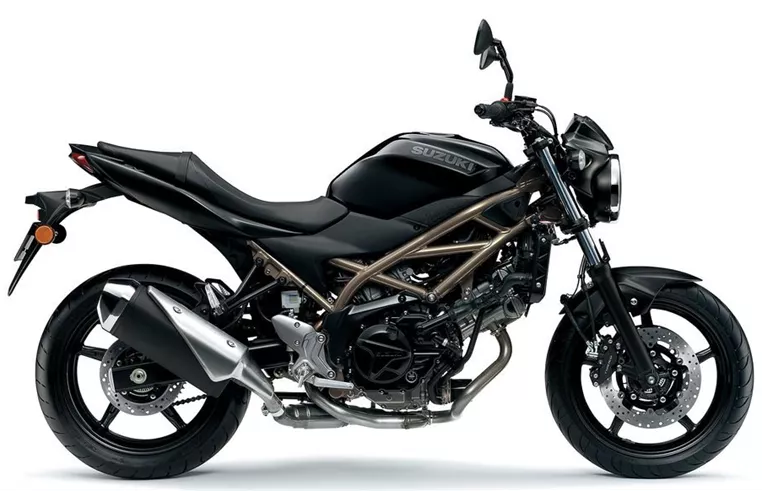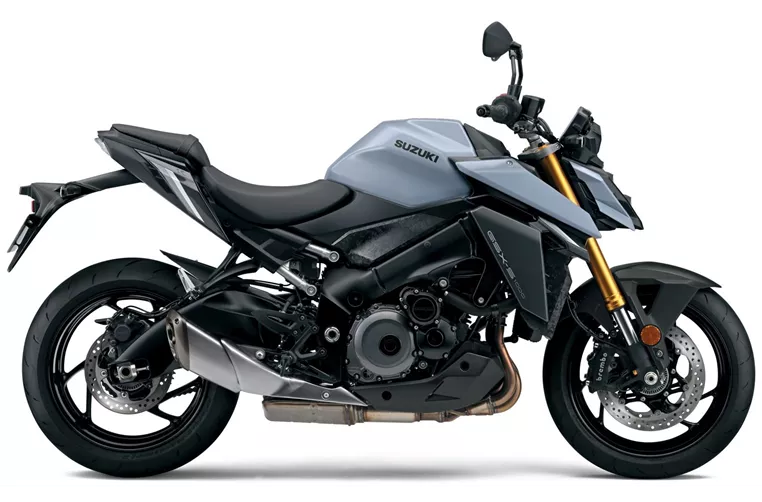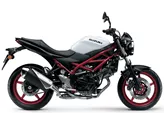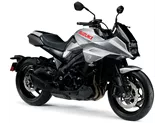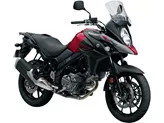Suzuki SV 650 2021 vs. Suzuki GSX-S1000 2022
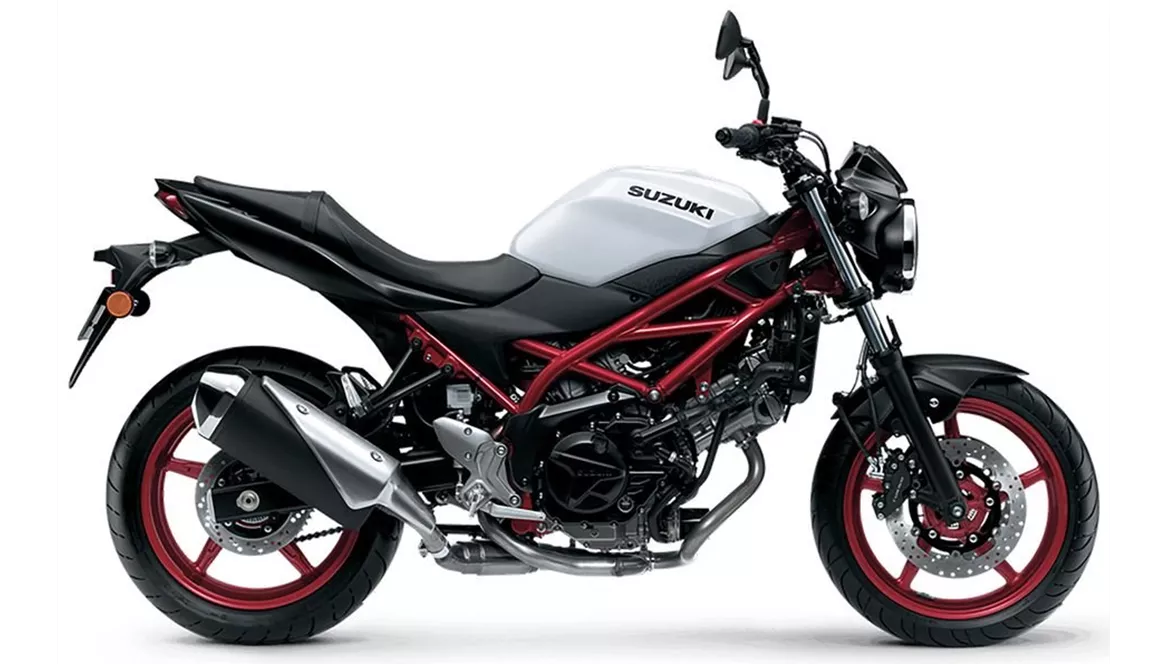
Suzuki SV 650 2021

Suzuki GSX-S1000 2022
Overview - Suzuki SV 650 2021 vs Suzuki GSX-S1000 2022
The Suzuki SV 650 2021 and the Suzuki GSX-S1000 2022 are both naked bikes from Suzuki, but they have some notable differences in terms of their technical specifications and strengths.
Starting with the engine and drive train, the SV 650 2021 is equipped with a V2 engine that produces 73 HP of power and 64 Nm of torque. On the other hand, the GSX-S1000 2022 features an in-line 4-cylinder engine that delivers a more powerful 152 HP of power and 106 Nm of torque. This makes the GSX-S1000 significantly more powerful than the SV 650.
In terms of suspension, both bikes have a swing arm rear suspension with a monoshock. However, the SV 650 has a telescopic fork front suspension with preload adjustment, while the GSX-S1000 has an upside-down telescopic fork front suspension with compression, preload, and rebound adjustment. This indicates that the GSX-S1000 offers more advanced suspension features and adjustability.
When it comes to the chassis, the SV 650 has a steel frame, while the GSX-S1000 has an aluminum frame. The aluminum frame of the GSX-S1000 is considered to be more lightweight and rigid, which can contribute to better handling and maneuverability.
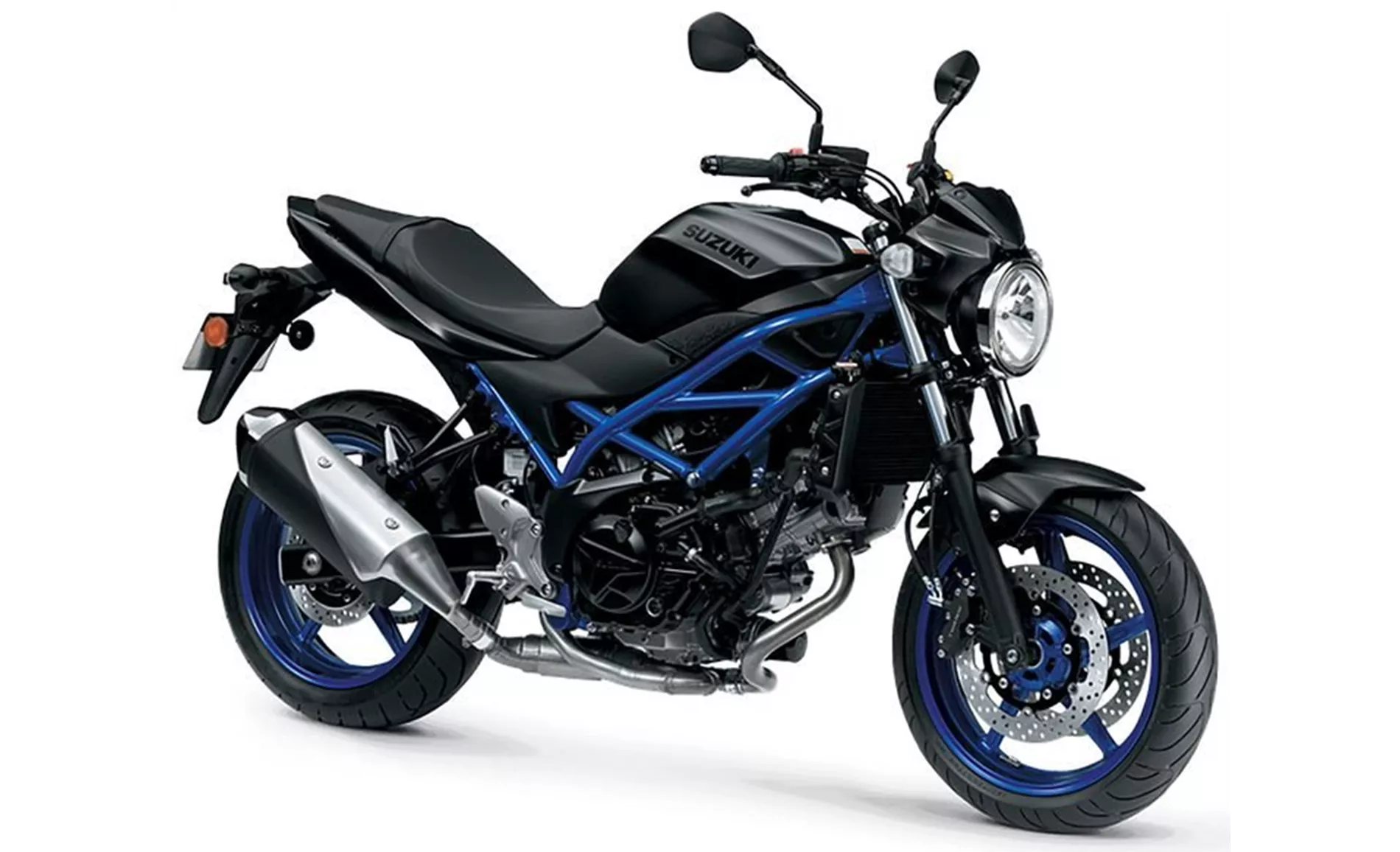
Suzuki SV 650 2021
In terms of braking, both bikes have double disk front brakes with four-piston calipers. The diameter of the front brakes is larger on the GSX-S1000, measuring 310 mm compared to the 290 mm on the SV 650. This suggests that the GSX-S1000 may offer better braking performance.
In terms of rider assistance systems, both bikes are equipped with ABS. However, the GSX-S1000 offers more advanced rider assistance systems, including riding modes, ride by wire, and a shift assistant with a blipper. The SV 650 lacks these additional features, indicating that the GSX-S1000 may provide a more technologically advanced riding experience.
In terms of dimensions and weights, the GSX-S1000 has a slightly longer wheelbase and a higher seat height compared to the SV 650. The GSX-S1000 also has a larger fuel tank capacity, which may result in a longer range. However, the SV 650 is lighter in terms of kerb weight, which can contribute to easier handling and maneuverability.
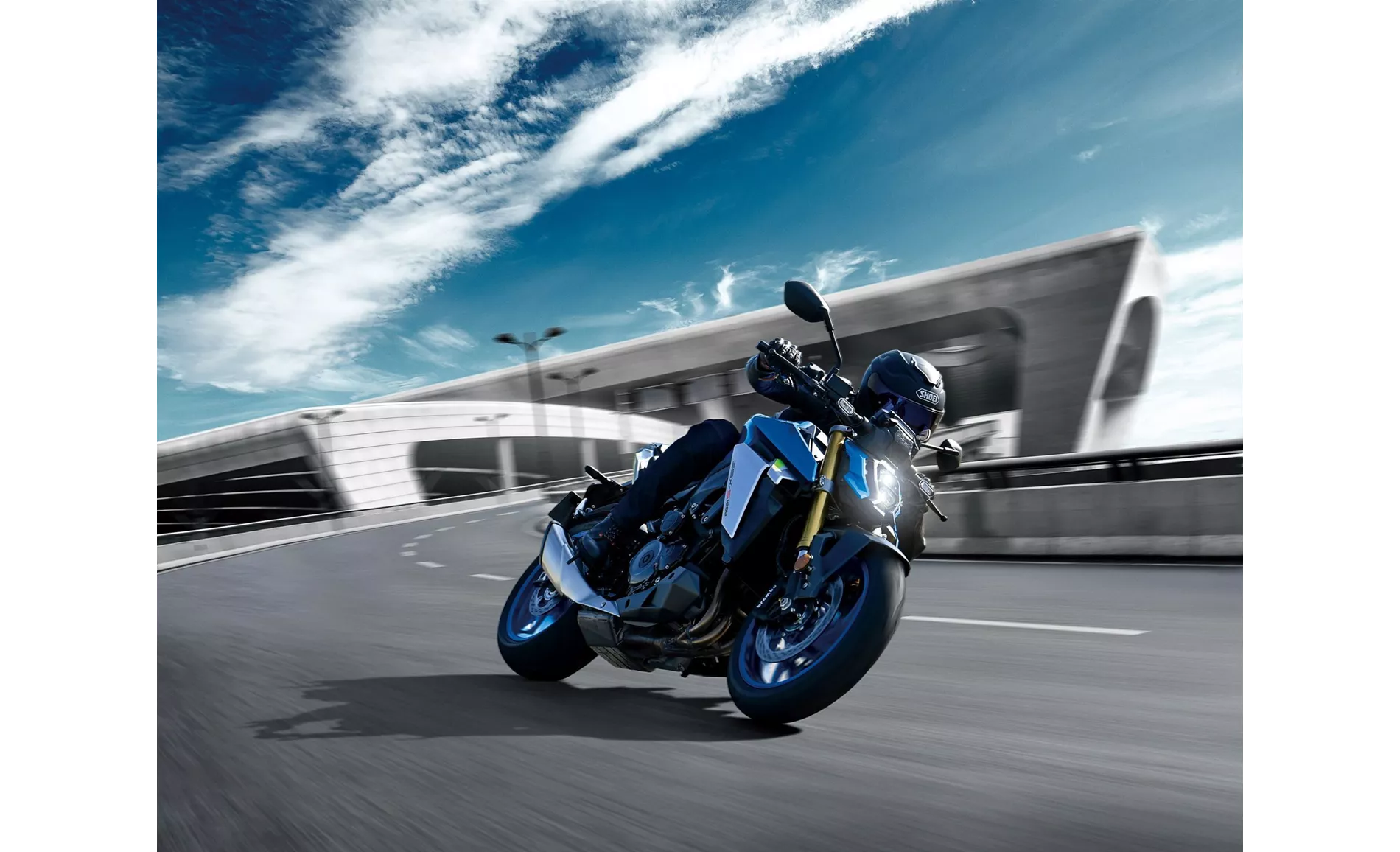
Suzuki GSX-S1000 2022
In terms of fuel consumption, the SV 650 has a combined fuel consumption of 4.1 l/100km, while the GSX-S1000 has a higher combined fuel consumption of 6.1 l/100km. This suggests that the SV 650 may be more fuel-efficient.
In terms of strengths, the SV 650 is praised for its confident V2 powerplant with character, stable chassis, comfortable seating position, easy handling, and timeless look. On the other hand, the GSX-S1000 is highlighted for its superior engine, excellent shift assistant including blipper, balanced handling, bold design, comfortable seating position, and very good price.
However, both bikes have some weaknesses. The SV 650 lacks comprehensive electronics and only has ABS as its rider assistance system. The instruments on the SV 650 are also considered moderately readable. Similarly, the GSX-S1000's electronics package is not very comprehensive, lacking a 6-axis IMU and cornering ABS. The instruments on the handlebars of the GSX-S1000 are also considered somewhat antiquated and not particularly easy to read.
In conclusion, the Suzuki SV 650 2021 and the Suzuki GSX-S1000 2022 offer different levels of performance, features, and technologies. The GSX-S1000 is more powerful and offers more advanced rider assistance systems, while the SV 650 is praised for its stable chassis, comfortable seating position, and easy handling. Ultimately, the choice between the two will depend on the rider's preferences and priorities.
Technical Specifications Suzuki SV 650 2021 compared to Suzuki GSX-S1000 2022
Pros and Cons in comparison
Pros and Cons in comparison
Suzuki SV 650 2021
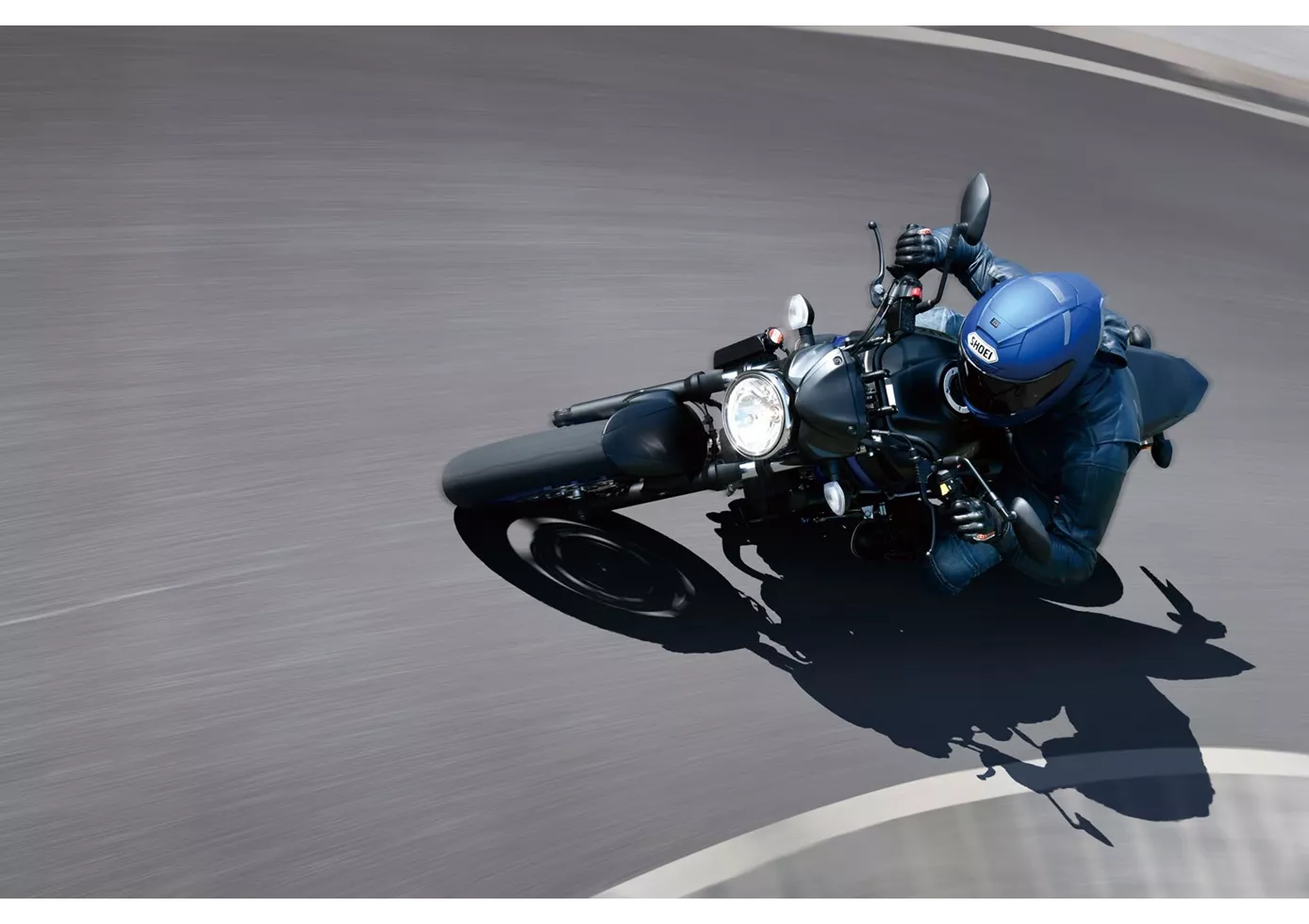
Not much has changed on the Suzuki SV 650 compared to its predecessor, five years ago. The engine has been updated to Euro5 and is now even more mature, which fits in perfectly with the rest of the package. The SV 650 doesn't want to scare anyone, especially beginners. The chassis makes a solid, unagitated impression, the brakes require a lot of manual force to prevent unexpected overbraking. The look is timeless on the one hand, but on the other hand some components are really a bit outdated. On the other hand, the price is fair, as usual for Suzuki.
Suzuki GSX-S1000 2022
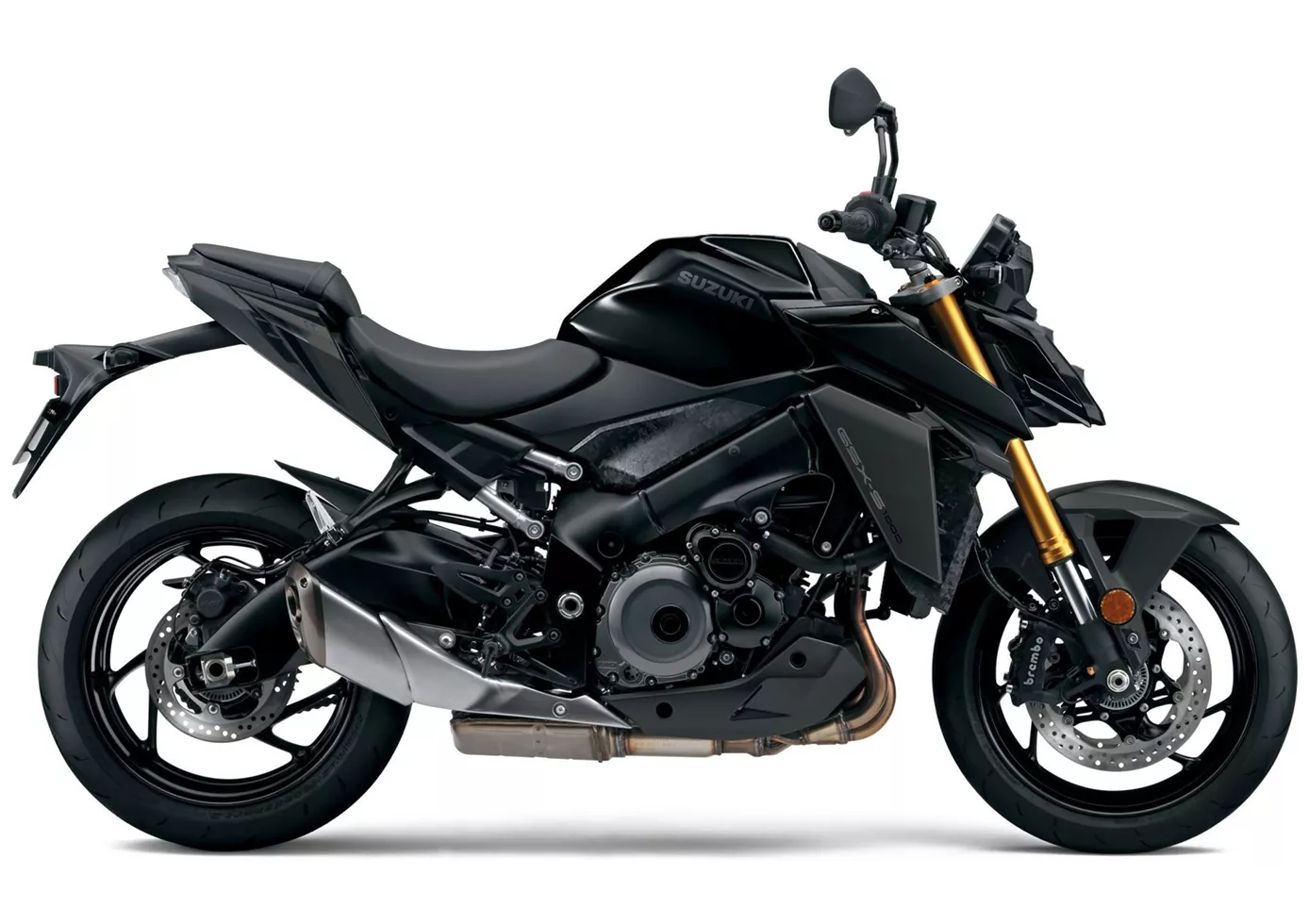
The new GSX-S1000 is an old acquaintance in terms of basic design - the engine and chassis are still from the predecessor. However, the machine has been modernised in many areas and presents itself at an extremely high level, especially visually. Although the engine cannot compete in the league of the super-potent Hyper Nakeds, it functions very harmoniously and powerfully enough. The conventional chassis also strikes a successful compromise between sportiness and comfort. The hammer arguments are definitely the successful design, the standard quickshifter with blipper and, last but not least, the comparatively low price.
Price Comparison Avarage Market Price Suzuki SV 650 vs Suzuki GSX-S1000
There are a few key differences between a Suzuki SV 650 2021 and a Suzuki GSX-S1000 2022. In terms of price, the actual average price of a Suzuki GSX-S1000 2022 is about 116% higher. A Suzuki SV 650 2021 experiences a loss of 130 GBP in one year of ownership. This is offset by a loss of 1,530 GBP for a Suzuki GSX-S1000 2022. Compared to Suzuki GSX-S1000 2022 there are less Suzuki SV 650 2021 bikes available on the 1000PS.de Marketplace, specifically 13 compared to 28. It takes less time to sell a Suzuki SV 650 with 111 days compared to 130 days for a Suzuki GSX-S1000. Since model year 2005 1000PS.de editors have written 25 reviews for the Suzuki SV 650 and 36 reviews for the Suzuki GSX-S1000 since model year 2015. The first review for the Suzuki SV 650 was published on 26/09/2008 and now has more than 14,200 views. This compares to more than 17,100 views for the first review on Suzuki GSX-S1000 published on 27/09/2014.
